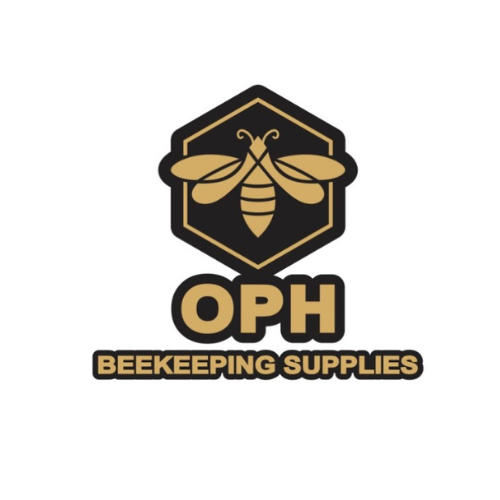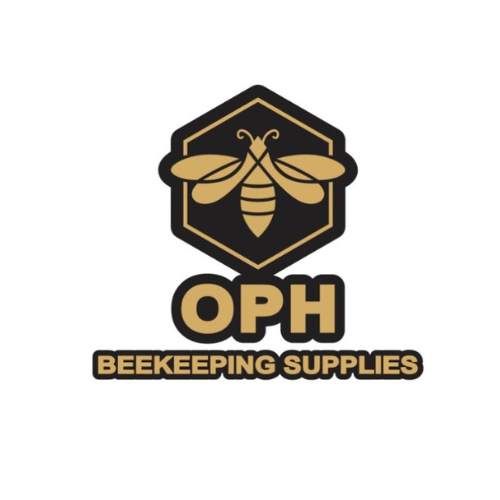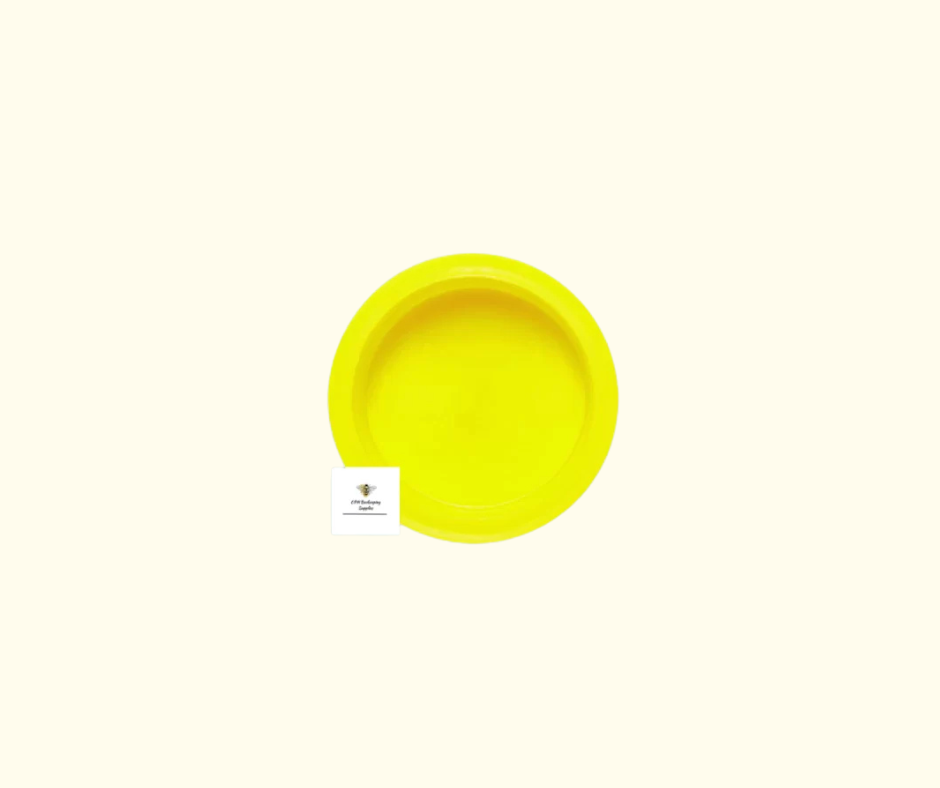The Essential Role of an Inner Cover Plug in Beekeeping
In the world of beekeeping, even the smallest tools can have a significant impact on the health and productivity of your hive. One such tool, often overlooked but highly practical, is the inner cover plug. This simple 2-inch plastic device plays a critical role in hive management, ensuring your bees remain safe, healthy, and productive.
What is an Inner Cover Plug?
An inner cover plug is a small, circular piece of durable plastic designed to fit snugly into the ventilation or feeder hole of a hive’s inner cover. Measuring approximately 2 inches in diameter, this plug acts as a seal, providing beekeepers with the ability to control airflow, hive access, and external exposure based on the needs of their colonies.
Key Uses of an Inner Cover Plug
1. Sealing During Transportation
When transporting hives, it is crucial to prevent bees from escaping and to protect them from external disturbances. The inner cover plug seals off the entrance, keeping the colony contained and reducing stress during the move. This is especially important for long-distance transportation, where vibrations and external airflow can agitate the bees.
2. Facilitating Varroa Mite Treatments
Varroa mites are one of the most significant threats to honeybee health, and treatments such as oxalic acid vaporization are common. An inner cover plug allows beekeepers to close off the hive’s inner cover entrance, ensuring the treatment stays contained within the hive. This maximizes its effectiveness and minimizes the loss of the treatment vapor.
3. Preventing Robbing
In times of dearth, when nectar sources are scarce, bees from stronger colonies may attempt to rob weaker ones. By plugging the inner cover entrance, beekeepers can block off potential entry points, helping to safeguard the hive’s honey stores and protect the colony from robbing attempts.
4. Seasonal Hive Management
Hive needs vary with the seasons. In the colder months, the plug can help maintain internal warmth by reducing airflow through the hive. Conversely, during warmer months, it can be removed to increase ventilation and prevent overheating. This versatility makes the inner cover plug an essential component of year-round hive management.
Benefits of Using an Inner Cover Plug
- Cost-Effective: Despite its low price, the inner cover plug provides multiple benefits that far outweigh its cost.
- Ease of Use: Simple to insert and remove, this tool requires no specialized skills.
- Hive Protection: By controlling hive access and airflow, the plug helps protect the colony from environmental stressors and pests.
- Durability: Made of sturdy plastic, inner cover plugs are built to withstand repeated use and exposure to the elements.
Tips for Using an Inner Cover Plug
- Ensure a snug fit to prevent gaps where bees or pests could enter.
- Regularly inspect the plug for wear and tear, replacing it if necessary.
- Store extra plugs in your beekeeping kit to ensure you always have one on hand when needed.
- When using the plug for oxalic acid treatments, follow all safety guidelines to protect both yourself and your bees.
Conclusion
While the inner cover plug may seem like a minor accessory, its impact on hive management is undeniable. From protecting bees during transportation to enhancing the effectiveness of mite treatments, this simple tool offers versatility and value. For both novice and experienced beekeepers, investing in a quality inner cover plug is a small step that can lead to significant benefits for the health and success of your colonies.
Check out our inner cover plug here!



